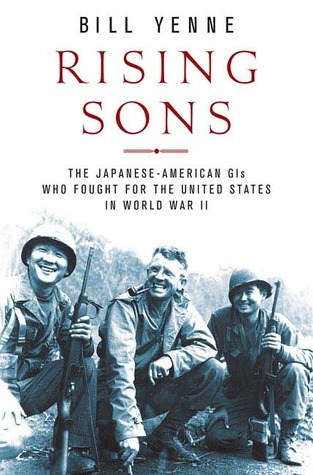What do you think?
Rate this book


302 pages, Hardcover
First published July 10, 2007
The New Yorker wrote of Sitting Bull, his biography of the great Lakota leader, that it "excels as a study in leadership." This book was named to the number 14 spot among Amazon's 100 Best Books of the Year.
Library Journal observed that "enthusiastic World War II readers will be drawn to" his dual biography, Aces High: The Heroic Story of the Two Top Scoring American Aces of World War II.
Recently, his book Convair Deltas was named as Book of the Month by Air Classics, while his book Tommy Gun was named Pick of the Month by Shooting Illustrated.
His book Guinness: The 250 Year Quest for the Perfect Pint was listed among the top business books of the year by Cond Nast Portfolio Magazine, which rated Yenne's tome as its TOP pick for "Cocktail Conversation."
Yenne's Rising Sons: The Japanese American GIs Who Fought for the United States in World War II, was praised by Walter Boyne, former Director of the National Air & Space Museum, who called it "a fast moving... page turner," and the "best book yet written on the saga."
The Wall Street Journal wrote, when reviewing his Indian Wars: The Campaign for the American West, that Yenne writes with "cinematic vividness," and says of his work that it "has the rare quality of being both an excellent reference work and a pleasure to read."
The author lives in San Francisco, California, and on the web at www.BillYenne.com
"